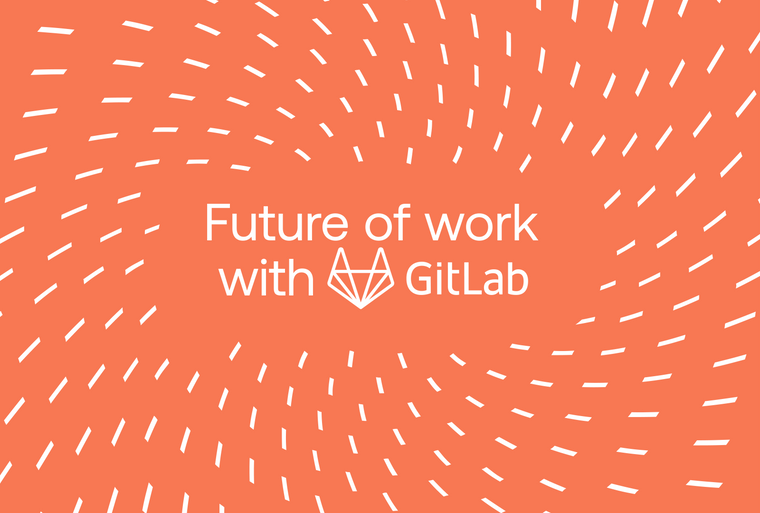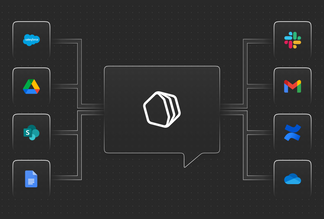
Darren Murph on approaching remote work intentionally
This week, GitLab released its 2021 Remote Work Report co-sponsored by Qatalog. We spoke with Darren Murph, GitLab’s Head of Remote, about the report’s findings, how he sees remote work advancing, and his cautions for companies thinking about a shift to hybrid.
1. What survey data did you find most surprising in this year's report?
Darren: There’s an interesting parallel between transparency and belonging. 34% of people said they feel more connected at work when their leadership works more transparently. 38% said they felt more connected when they had more visibility into the work being done throughout the organization. It speaks to an important factor in remote collaboration: it’s easier to feel like part of a team when you can see what bigger-picture outcomes you and your teammates are contributing to.
2. Are there any companies you would point to as good examples of the report's Key Takeaways? i.e. how "talent flows where flexibility reigns" or how "transparency = belonging"
Cimpress transitioned to remote-first after the pandemic and already found itself on a “Best Of” list for remote-first places to work. They’ve seen US hiring coverage expand from around nine states pre-COVID to over 30 today, and are attracting a more geographically diverse workforce in the process.
3. The report notes, "There's a disconnect between the ostensibly high levels of satisfaction with remote work and the actual pain people are feeling day-to-day." Why do you think this is the case?
People can sense that the pros of autonomy and added flexibility are worth fighting for, and are very tangible outcomes of an intentional shift to remote. However, it takes work to reach utopia. In the here-and-now, pandemic-related stressors are compounded by a reality that many workforces were not equipped to be excellent at remote work right away. Short-term pain is being felt as we work towards long-term benefits from building remote fluency.
4. One interesting statistic from the Remote Work Report is that 70% of organizations still default to tools (video, chat, and phone) used for office-centric, largely synchronous workflows. If a global pandemic won't change habits here, what will?
The pandemic has shifted minds. Minds will change before process, as process is a slow-changing organism. Smaller, more nimble organizations can easily pivot to new tools. Larger organizations must consider switching costs and legacy connections. It will likely take several years for the data to show that change is happening on the process front, but the seed has been planted on the mentality front.
5. What would you say to organizations that are thinking about shifting from a remote work model to a hybrid one?
Hybrid-remote is a popular alternative, but one that should be embraced with great deliberation, care, and intentionality. Hybrid-remote generally requires more effort to execute well than all-collocated or all-remote given the two-tier work environment. Consider hiring a Head of Remote or designating a leader to ensure that all workflows and policies are audited and ported to remote-first, ensuring that work is as location-agnostic as possible. Ideally, executives will stay out of the office to signal that an office isn’t a place to politic or advance one’s career.



